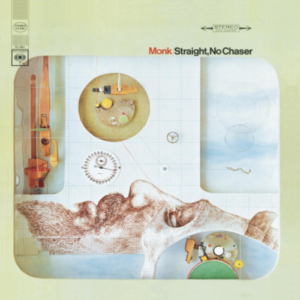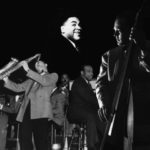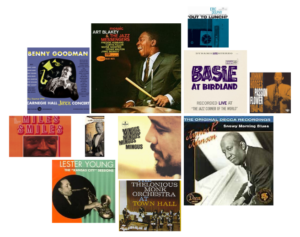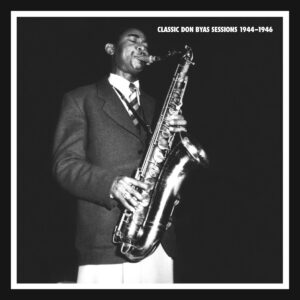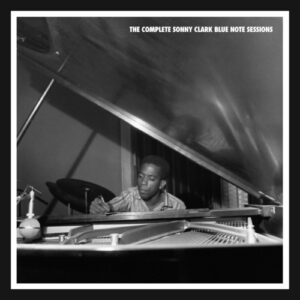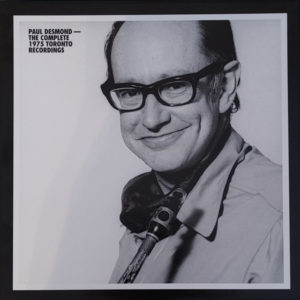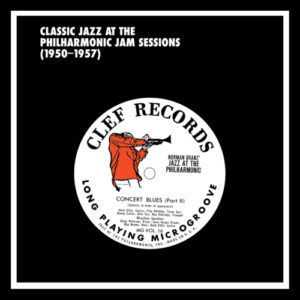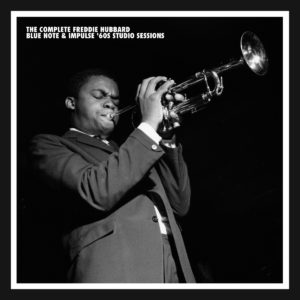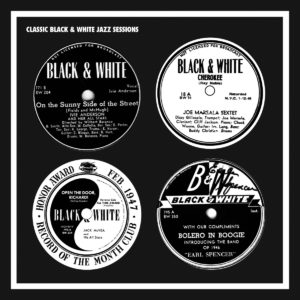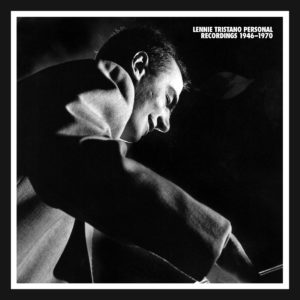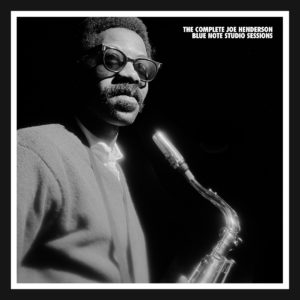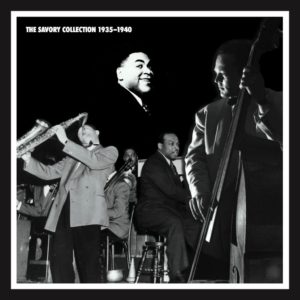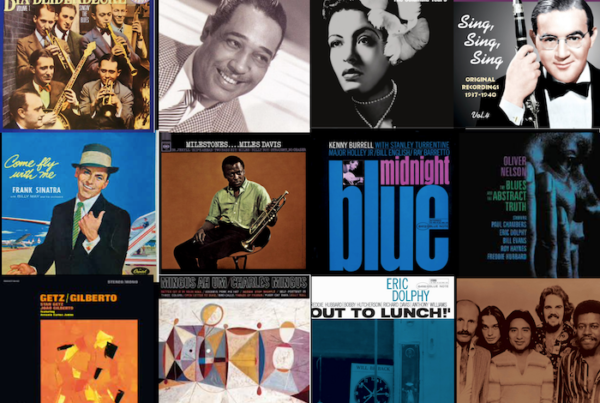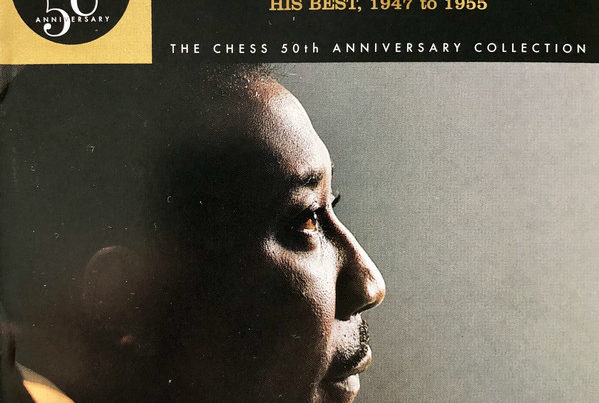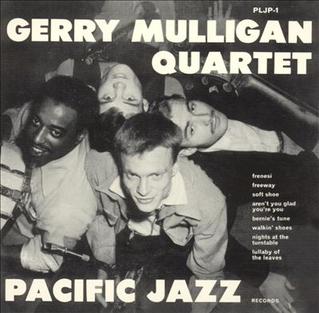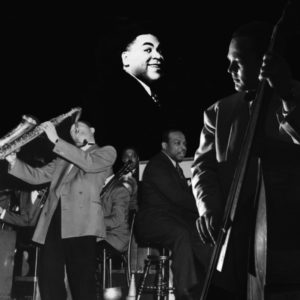After Brubeck and Miles,
Columbia came calling on
Thelonious Monk
Thelonious Monk had jump-started his 1964 annual cycle of recordings with a December 30, 1963 concert at Lincoln Center’s Philharmonic Hall that presented his music solo, in its most familiar quartet format, and via a recreation of his 1959 Town Hall Orchestra.
Two months later, the former ne-plus ultra of jazz complexity found his portrait on the cover of Time Magazine, where reporter Barry Farrell declared, “Monk has arrived at the summit of serious recognition he deserved all along.” The story emphasized that Monk was both emerging in mainstream America and rapidly establishing himself as an international touring attraction, as audiences at home and abroad received the pianist and his band warmly for its perfectly lucid and unfailingly swinging presentation of one of jazz’s greatest repertoires.
With performance opportunities increasing, and the wider dissemination of his music that followed his signing with Columbia Records in 1962, Monk found himself able to mold an ensemble that could deliver the lean, infectious, inquisitive readings his compositions invited.
Criss Cross
Thelonious Monk (p), Charlie Rouse (ts) John Ore (b), Frankie Dunlop (d) 1962/1963
While Thelonious Monk had not brought a working band into a recording studio since 1959, his current quartet of Charlie Rouse, John Ore and Frankie Dunlop on drums had been together for two years, including a European concert tour. In contrast to the practices of independent jazz labels, where budgets dictated that entire albums be taped in one or two sessions, Columbia employed an approach more to Monk’s liking, scheduling several visits to its famed studios and settling for one or two master takes per visit, with any additional material saved for future release.
This is how Criss-Cross, Monk’s second Columbia album, was assembled from four sessions in November 1962 and February 1963. It became one of Monk’s most popular titles, and remains the best overview of what his music had been about to that point in his career.
One feature of the album was the revisiting of compositions little heard since Monk introduced them on Blue Note and Prestige in the early ‘50s. Chief among these was the title track, with its complex rhythmic shifts and unusual six-bar bridge. Gunther Schuller was so impressed with “Criss Cross” that he made it the basis for a series of Third Stream variations featuring Ornette Coleman, Eric Dolphy and Bill Evans.
“Criss Cross is a purely instrumental conception – it is not a tune – it is a composition for instruments.” – Gunther Schuller, Jazz Review
“Think of One,” while appearing more straightforward, is an object lesson in creating rhythmic intensity with a minimum of melody. “Eronel,” Monk’s refinement of a line created by trumpeter Idrees Sulieman and pianist Sadik Hakim, was another uncommon harmonic sequence with a feeling closer to bebop. Each piece received definitive treatment from the quartet, as did the more recent and haunting tribute to Monk’s wife, “Crepuscule with Nellie.”
Two other originals were written on familiar harmonies and reflected Monk’s longstanding friendship with Mary Lou Williams. “Rhythm-a-ning,” a variant of “I Got Rhythm,” took part of its melody from an ensemble figure Williams employed in her 1936 arrangement of “Walking and Swinging” for the Andy Kirk band.
Monk insisted that he was the source of another riff that Williams employed in her 1944 recording of “Lady Be Good” with Coleman Hawkins, and which Hawkins would record as “Rifftide” a few months later. When Monk got around to taping the tune in 1954, he called it “Hackensack” in honor of what was then the site of Rudy Van Gelder’s New Jersey recording studio.
While Monk had always preferred to perform with horns, several of his earlier recording sessions had been trio and solo affairs, and Criss-Cross made room for examples in these contexts as well. Monk was not the only “serious” musician to embrace “Tea for Two” – Russian composer Dmitri Shostakovich had written an arrangement of the 1920s hit under the title “Tahiti Trot” – and the new trio performance was a buoyant reprise from one of Monk’s early Riverside albums. The more majestic approach to standards by Monk the unaccompanied pianist shone through “Don’t Blame Me,” which became one of his favorite solo features in live performance.
Every member of Monk’s quartet is at his best on Criss-Cross, but special attention should be paid to Frankie Dunlop.
Monk loved Dunlop’s beat, his focus, and his ability to respond in the moment to the surrounding improvisation, and only the lack of a union card kept the drummer from membership in the Monk quartet with John Coltrane that made history at New York’s Five Spot Café in 1957.
On this album, recorded roughly halfway through Dunlap’s tenure with Monk, he displays a sixth sense in his ensemble accents and support of soloists, and confirms his place among Art Blakey, Max Roach and Roy Haynes as an ideal Monk drummer.
Live At The It Club
Thelonious Monk (p), Charlie Rouse (ts), Larry Gales (b), Ben Riley (d) – 1964
Over the course of 1964 Thelonious Monk assembled what would become his most venerable unit, the quartet that would take his message across America and around the world several times in the latter part of the decade.
Charlie Rouse, at the midpoint in his 11 years of service with Monk, was hitting his stride, while Ben Riley and Larry Gales were more recent additions to Monk’s universe. It was during the It Club gig that these four individuals showed the first signs of collective greatness.
Riley had joined Monk at the beginning of 1964, after several weeks of club work in bands opposite the Monk Quartet at the Five Spot. Obviously impressed with what he had heard, Monk recruited Riley for the late-January studio sessions that produced It’s Monk’s Time and the subsequent European tour that Farrell documented in the Time Magazine cover story.
Butch Warren completed the band at the time, but the bass chair was empty and Steve Swallow was pressed into service. When the first of three sessions that produced the album M O N K were held, Larry Gales had the gig. Gales was hired on the recommendation of Riley, who had first teamed with the bassist in the Tough Tenors band co-led by Eddie “Lockjaw” Davis and former Monk sideman Johnny Griffin.
Monk was clearly inspired by the new band’s potential. In one incredible five-day period on the West Coast shortly after Gales’ arrival , he produced an abundance of exceptional recorded performances.
October 31 and November 2 found him alone in a Los Angeles studio, taping ten of the unaccompanied performances included on the album Solo Monk. The quartet was also documented in live performance, first at the It Club on October 31 and November 1, then at San Francisco’s Jazz Workshop on November 3 and 4.
Given the preponderance of often-recorded material, both live dates remained unissued for nearly two decades. When they finally appeared as two-record sets, space limitations required that some tracks be omitted while several others were edited to shorten or eliminate solos. Much of this missing music was restored at the time of the 1998 CD reissue of both sets, although the present package goes a step further by including the previously omitted Sweet and Lovely.
What results is an incredible cache of vintage Monk, as well as a prime document of how his band sounded under actual working conditions.
Three sets were recorded each night, and they are presented here as they were played. The first four tracks provide a great example of a typical club set of the period as well, and remind us that a working jazz artist’s night was once broken into more frequent units of shorter duration.
Monk was a brilliant band pianist, and Rouse’s ability to build improvisations up from under the powerful riffs Monk would construct in the opening tenor choruses was one of the saxophonist’s primary strengths. In this regard, the It Club performances are ideal illustrations of how Monk did not simply state themes and then fade into the background.
He constructed transitional arcs with countermelodies and unpredictable accents that set Rouse’s imagination in motion, then withdrew from the piano bench to simultaneously conduct and respond to the further elaborations with dance steps and body English.
This recording also reminds us how the Monk quartet, as much if not more so than even the quartet of John Coltrane, provided the template for what remains a definitive jazz configuration. Tenor sax, piano, bass and drums is arguably the most balanced, and has unquestionably become the most iconic, of modern jazz ensembles, the music’s version of the European classical realm’s string quartet if you will.
By acclimating the listening world to both his own creations and the sound of this foursome, Monk might be considered both the originator (the Haydn) and the supreme creator (the Beethoven) of the genre. To a great extent what the world thinks of as the sound of jazz today can be traced to the live performances, and most specifically several recorded live performances, of the Thelonious Monk Quartet.
– Bob Blumenthal liner note excerpt for Mosaic Records: Thelonious Monk Live At The Club (4 LPs); SONY Music (2 CD set)
Straight No Chaser
Thelonious Monk (p), Charlie Rouse (ts), Larry Gales (b), Ben Riley (d) – 1967
A personality as singular as Thelonious Monk’s was bound to elicit creative responses from visual artists, so it is no surprise that the covers of Monk’s albums are among the most memorable in any musical genre. The 1967 Straight, No Chaser presents Monk as a literal gear-head, his x-rayed brain revealing wheels and rotors connecting with external devices to chart his idiosyncratic course.
Rhythm was at the core of his genius
Yet there was no mystery involved in what set Monk’s musical direction. As many of his associates have testified, his first priority was always to swing as hard as possible. Rhythm was at the core of his genius, and it is not a stretch to view the angular shifts of his melodies and dissonant weight of his harmonies as means to emphasize and color his rhythmic designs.
In bassist Larry Gales and drummer Ben Riley, he found the ideal partners. Riley came aboard first early in 1964, after Monk was impressed with his support in three different piano trios that alternated with Monk’s quartet during a long Village Gate stand. When a new bassist was required several months later, Riley recommended Gales, his former colleague in the Eddie “Lockjaw” Davis/Johnny Griffin “Tough Tenors” quintet. The pair proved to be rock-steady in sustaining a groove and melodically focused in solo. With stalwart Charlie Rouse remaining in the tenor chair, they formed a unit that lasted four years.
These were not easy years for Monk, whose bipolar disorder led to increasingly erratic behavior on and off the bandstand. His live performances were often chided as listless, predictably plotted as far as solo routines, and confined to repeating a narrow slice of his rich repertoire.
Yet the three studio albums that the quartet recorded during these years reveal that Monk could still focus and deliver inspired music. Straight No Chaser, particularly in the CD reissue that restored solos edited out of the original LP release, is indicative of the quartet at its best (and, given the superior environment of the legendary Columbia studios compared to several live releases, at its best sounding).
All three tunes found the band in a groove, with Monk at his most interactive in support of Rouse, especially in the heated dialogues that preceded the return of the melodies.
As was the case with several of his Columbia albums, Thelonious Monk returned to compositions recorded early in his career. Only “Straight No Chaser,” first taped in 1951, had become a regular part of the band’s book and – thanks in large part to the Miles Davis sextet version heard on the album Milestones – a jazz standard. Of the other two originals, both from 1954, “Locomotive” had never been revisited, while “We See” earned only a solo piano interpretation under the title “Manganese” shortly after its initial quintet version.
The album also includes a majestic solo piano track, “Between the Devil and the Deep Blue Sea,” and two other titles of particular impact. Monk, who recorded an entire album of Duke Ellington compositions two years before Ella Fitzgerald’s songbook, bowed to one of his primary influences once again with “I Didn’t Know About You,” which Joya Sherrill recorded with the Ellington Orchestra in 1944.
From the solo introduction through piano and tenor improvisations, this is one of the quartet’s most heartfelt ballad performances.
An equally compelling but even more surprising track, “Japanese Folk Song,” was actually a 1901 melody, “Kojo no Tsuki,” which had been turned into an iconic Japanese pop song when lyrics were added.
Monk heard the piece during one of his Japanese tours, felt an affinity for its chord changes and sense of swing, and turned it into a vehicle that, especially in its restored 17 minute form, found the quartet at its most inspired. Coincidentally, Abbey Lincoln heard the same melody on a music box given to her during her first Japanese tour, and was moved to provide English language lyrics that she recorded in Tokyo in 1973.
Thelonious Monk
Columbia Album Covers
Thelonious Monk was alternately portrayed as a Founding Father on the seemingly absurd at the time but ultimately prescient postage stamp profile on The Unique Thelonious Monk (1955), in house of mirrors multiplicity on Brilliant Corners (1956) and Criss-Cross (1963), as avant-savant seated in a child’s red wagon on Monk’s Music (1957) and armed freedom fighter on Underground (1968). – Bob Blumenthal
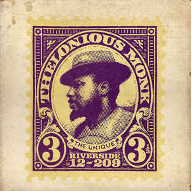
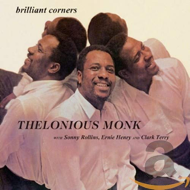
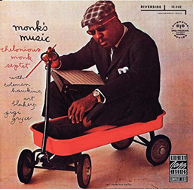
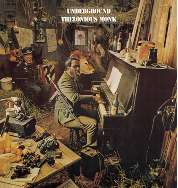
Frankie Dunlop: On Playing with Thelonious Monk, Fast and Slow
“Frankie Dunlop is one of the truly great drummers in jazz despite his lack of fame. Like Shadow Wilson, he’s a drummer’s drummer, and both of them did some of their best work with Thelonious Monk, which this fascinating interview with Dunlop covers.” -Michael Cuscuna

